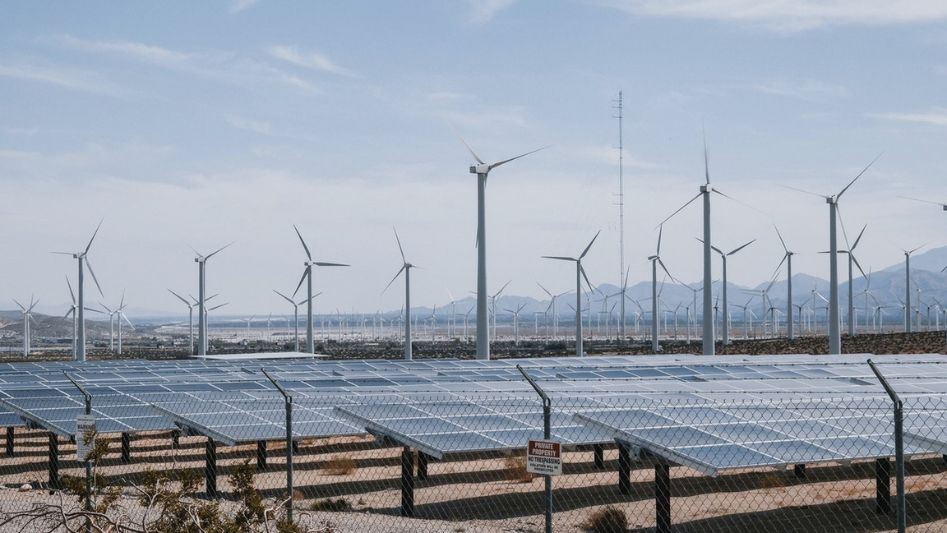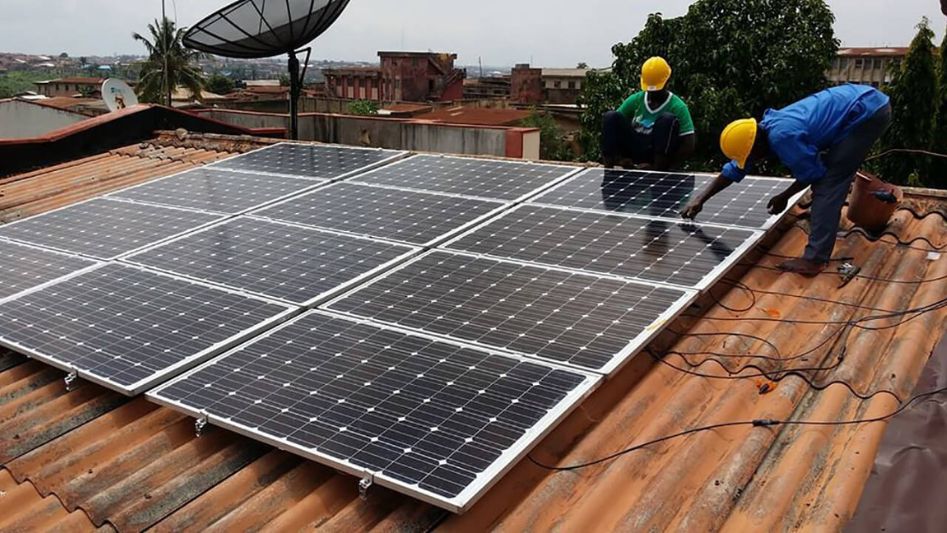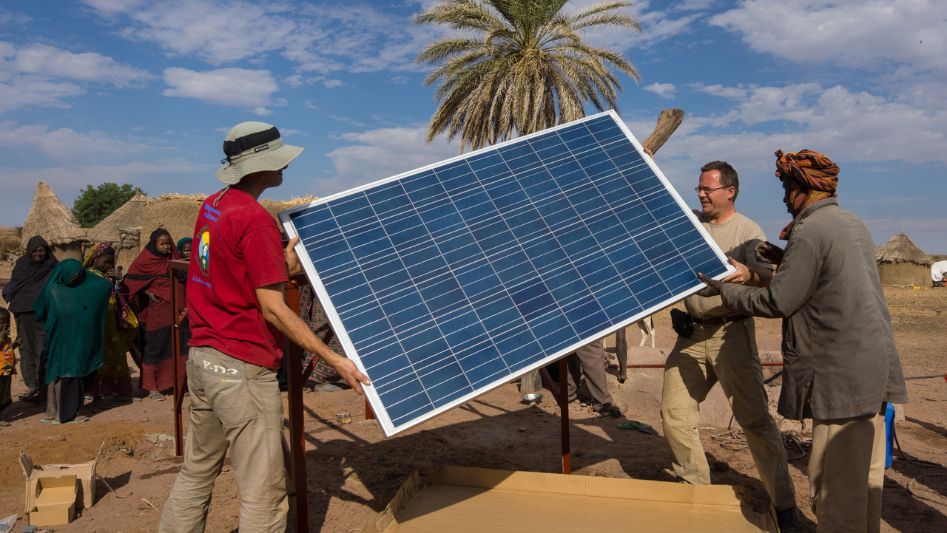Energy poverty is a growing problem in many parts of the world. According to the International Energy Agency, more than 1 billion people around the world lack access to electricity. This has a severe impact on their quality of life, as they are unable to perform basic tasks like lighting their homes, cooking their food, or accessing the internet.
Green energy, on the other hand, is a sustainable and renewable source of energy that can help combat energy poverty. It includes sources such as solar, wind, hydropower, and geothermal energy, which are environmentally friendly and have little to no impact on the planet.
Table of Contents

Benefits of Green Energy
Green energy has several benefits over traditional energy sources. Here are some of the key advantages:
Renewable
Unlike fossil fuels, green energy sources are renewable and do not deplete over time. This means that they can provide a sustainable source of energy for generations to come.
Environmentally Friendly
Green energy sources produce little to no greenhouse gas emissions, which are the primary cause of climate change. This means that they have a minimal impact on the environment and help reduce our carbon footprint.
Cost-Effective
While the upfront costs of installing green energy infrastructure can be high, the long-term savings can be significant. Green energy sources like solar and wind power have no fuel costs, and their maintenance costs are lower than traditional energy sources.

Using Green Energy to Combat Energy Poverty
Green energy can be used to combat energy poverty by providing affordable electricity to people in need. Here are some ways in which green energy can be used for this purpose:
Off-Grid Solar Power
Off-grid solar power systems can provide electricity to people in remote areas who are not connected to the main power grid. These systems can be installed on rooftops or on the ground and can provide enough electricity to power lights, fans, and small appliances.
Microgrids
Microgrids are small-scale power grids that can be used to provide electricity to communities that are not connected to the main power grid. They can be powered by a combination of green energy sources like solar, wind, and hydropower, as well as traditional sources like diesel generators.
Renewable Energy for Agriculture
Farmers in developing countries often rely on diesel generators to power irrigation systems and other equipment. Green energy sources like solar and wind power can provide a more cost-effective and sustainable alternative.

Conclusion
Energy poverty is a serious problem that affects millions of people around the world. Green energy can help combat energy poverty by providing affordable electricity to people in need. It is renewable, environmentally friendly, and cost-effective in the long run. By By investing in green energy infrastructure and promoting its use in developing countries, we can help improve the lives of people who are currently living without access to electricity. In addition, the use of green energy sources can help reduce greenhouse gas emissions and mitigate the effects of climate change.
FAQ
What is energy poverty?
Energy poverty is a situation where people do not have access to electricity or other forms of energy.
How many people lack access to electricity?
According to the International Energy Agency, more than 1 billion people around the world lack access to electricity.
What are the benefits of green energy?
Green energy sources are renewable, environmentally friendly, and cost-effective in the long run.
How can green energy be used to combat energy poverty?
Green energy can be used to provide affordable electricity to people in need through off-grid solar power, microgrids, and renewable energy for agriculture.
You May Also Like
- HOW GREEN ENERGY CAN HELP ACHIEVE SUSTAINABLE DEVELOPMENT GOALS
- THE FUTURE OF GREEN ENERGY: A COMPREHENSIVE OVERVIEW
- THE ROLE OF GOVERNMENTS IN PROMOTING GREEN ENERGY
- GREEN ENERGY AND CLIMATE CHANGE: MITIGATING THE IMPACT
- BUILDING SUSTAINABLE COMMUNITIES WITH GREEN ENERGY
